Plants to Avoid and Why
Most plants are a pleasure to grow. Fortunately, there are only a few to avoid. Here's how invasive plants and plants that have been treated cause problems.
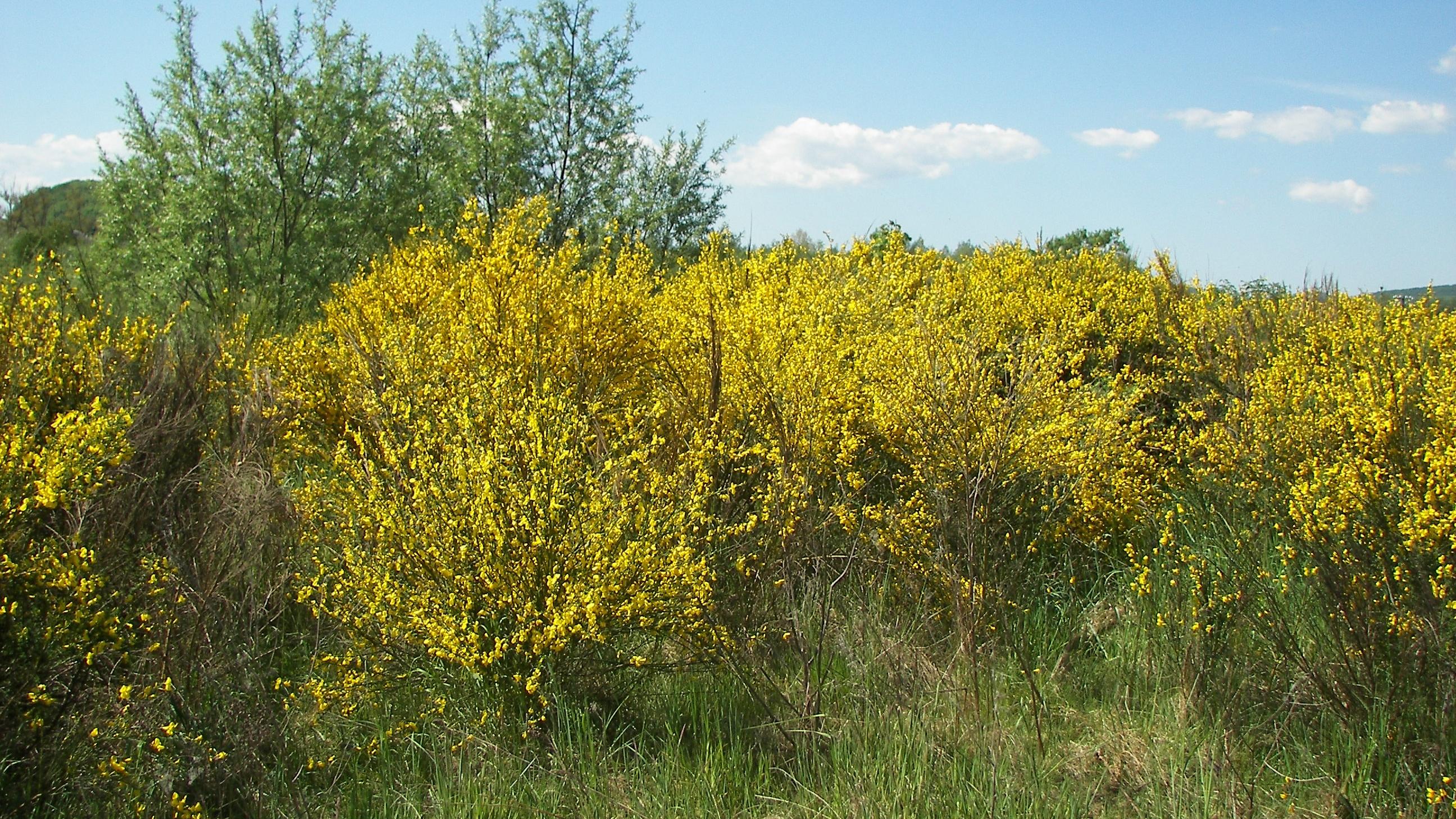
Invasive plants: bad for our environment, economy, and health
Thanks to Marin's gentle climate, we can grow plants from all over the world. Most are not a problem. But sometimes a plant gets out of hand and causes trouble.
> Information on invasive plants
> Treated plants and why we need to avoid them
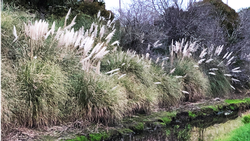 Pampas grass is a familiar invasive plant in Marin. Photo: Marie Narlock
What are some invasive plants in Marin?
Pampas grass is a familiar invasive plant in Marin. Photo: Marie Narlock
What are some invasive plants in Marin?

Scotch broom (Cytisus scoparius)
French broom (Genista monspessulana)
English ivy or Algerian ivy (Hedera helix or H. canariensis)
Periwinkle (Vinca major)
Pampas grass (Cortaderia selloana)
Iceplant (Carpobrotus edulis)
Fountain grass (Pennisetum setaceum)
Feather needlegrass (Nasella (Stipa) tenuissima)
What are invasive plants?
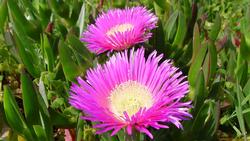
• They reproduce and spread quickly.
• They cause harm to the environment, economy, or human health.
How did they get here?
• Some invasive plants arrived accidentally with European settlers.
• Some were introduced by nurseries.
• Some have proliferated due to climate change.
• Some are still sold in nurseries!
What problems do invasive plants cause?
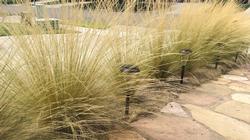
• Reduction in biodiversity
• Crop decimation
• Clogged waterways
• Soil degradation
• Erosion
• Wildlife and human disease transmission
• Threats to fisheries
• Threats to cattle
• Increased fire vulnerability
• Reduced land values for farms and ranches
• Increased management expenses for farms and ranches
How can you help?
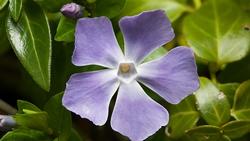
• Eliminate invasive plants wherever possible.
• Visit PlantRight to see which plants are considered high priority invasive plants – and what to plant instead.
• Join environmental groups that eradicate invasive plants.
Avoid buying treated plants
Some retail nurseries and the growers that supply them use pesticides. These pesticides can cause harm far beyond the original target, and this harm can endure for a long time. Unfortunately, it is not always obvious which plants have been treated.
"Neonics" make the environment sick
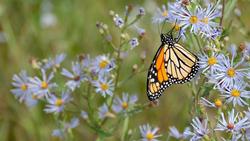
• Neonics are systemic. This means the chemical invades a plant's vascular system, tissue, and even its nectar and pollen.
• Target pests are often sucking insects like aphids and beetles, but these chemicals also harm honeybees, bumblebees, butterflies, and other pollinators.
• Neonics threaten biodiversity and interrupt the natural food web by harming non-target wildlife.
• Some neonics harm natural enemies that would otherwise keep the balance of "good bugs and bad bugs" in check.
• Some neonics can remain active for up to three years.
How to avoid plants treated with neonicotinoids
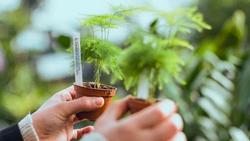
Support nurseries and retail outlets that have a "no neonicotinoid" policy.
Buy from local growers, often at farmers' markets, who can attest that their plants are free of pesticides.
Look for "neonic-free" plant tags.
Buy organic plants.
Ask your local nurseryman to carry neonic-free plants and to voice your request to their corporate headquarters.
Remove flowers. If you fear you may have purchased a treated plant, remove all flowers the first year after purchasing. This may seem unthinkable, but it can be an effective way to minimize impact on pollinators.
